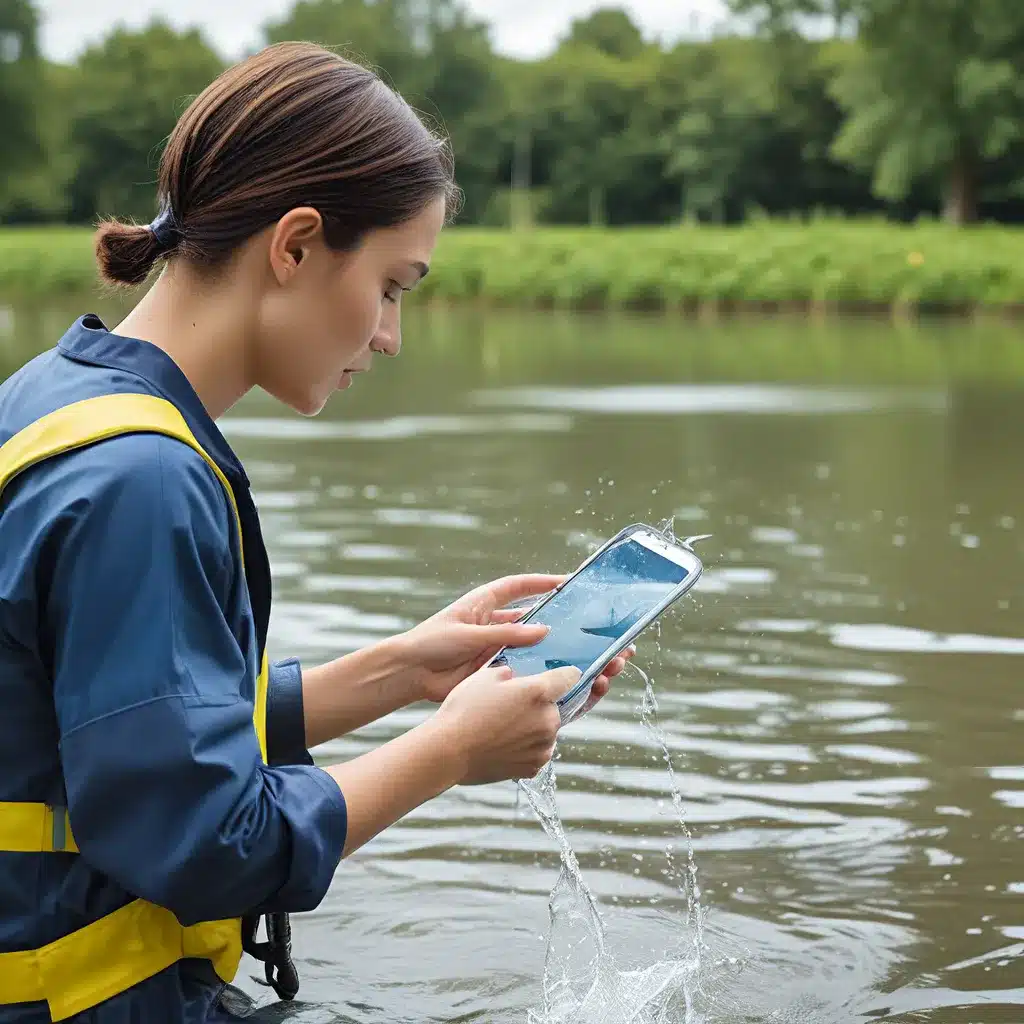
The Evolving Landscape of Water Safety Training
The world is undergoing a remarkable digital transformation, reshaping nearly every aspect of our lives. From the way we communicate and work to how we access information and learn new skills, the digital revolution has become a powerful catalyst for change. In the realm of water safety training, this transformation is particularly striking, as the industry embraces innovative technologies to enhance the way professionals acquire the knowledge and competencies needed to ensure the safety and well-being of our most precious resource – water.
Bridging the Gap: Leveraging Technology in Water Safety Training
Traditionally, water safety training has been primarily delivered through in-person, hands-on instruction. While this approach has its merits, the digital age has ushered in a new era of possibilities. The Fourth Industrial Revolution, as it has been coined, has brought forth a myriad of technological advancements that are poised to transform the water safety training landscape.
One of the most promising developments is the integration of virtual and augmented reality (VR/AR) into the training process. Imagine being able to immerse yourself in a simulated water treatment facility, practicing essential procedures and responding to emergency scenarios without the inherent risks of a real-world setting. This technology not only enhances the learning experience but also allows trainees to develop muscle memory and critical decision-making skills in a controlled, safe environment.
Harnessing the Power of Artificial Intelligence
But the digital revolution in water safety training extends far beyond virtual simulations. Artificial intelligence (AI) has emerged as a game-changer, offering unprecedented opportunities to streamline and optimize the training process. AI-powered adaptive learning systems can tailor the curriculum to the individual needs of each trainee, ensuring that they receive the right information at the right time, thereby maximizing the effectiveness of the training.
Moreover, AI-driven predictive analytics can help identify areas where trainees may struggle, allowing instructors to provide targeted support and interventions. This personalized approach not only enhances learning outcomes but also fosters a more engaged and motivated workforce, ultimately leading to improved water safety standards.
Bridging the Digital Divide
While the potential of digital technologies in water safety training is undeniable, it is crucial to address the challenges posed by the digital divide. Not all regions and communities have equal access to these innovative tools, which can exacerbate existing disparities and hinder the widespread adoption of these transformative solutions.
To bridge this gap, water safety training providers must prioritize inclusivity and accessibility. This may involve developing hybrid training models that combine online and in-person instruction, ensuring that everyone, regardless of their technological proficiency or geographic location, can access the necessary training and resources.
Embracing a Culture of Continuous Learning
The digital revolution in water safety training is not just about implementing new technologies; it is also about fostering a culture of continuous learning and adaptation. As the industry rapidly evolves, water safety professionals must be prepared to embrace lifelong learning, continuously upgrading their skills and knowledge to keep pace with the changing landscape.
Platforms that offer on-demand, self-paced training modules, as well as opportunities for peer-to-peer learning and knowledge sharing, can empower water safety professionals to take charge of their own professional development. By cultivating a growth mindset and a willingness to experiment and learn, the industry can harness the full potential of the digital revolution and ensure that water safety training remains at the forefront of innovation.
Ensuring Regulatory Compliance and Data Security
As the water safety training industry embraces digital technologies, it must also navigate the complexities of regulatory compliance and data security. With sensitive information and critical infrastructure at stake, it is essential to implement robust cybersecurity measures and adhere to stringent data protection protocols.
Water safety training providers must work closely with policymakers and industry experts to develop comprehensive guidelines and standards that address these concerns. By demonstrating a commitment to data privacy and regulatory compliance, the industry can build trust and foster confidence among trainees, regulators, and the wider public.
Collaboration and Knowledge Sharing
The digital revolution in water safety training is not a solo endeavor; it requires a collaborative approach that brings together industry leaders, technology experts, and educational institutions. By fostering knowledge-sharing networks and facilitating cross-pollination of ideas, the industry can leverage the collective wisdom and expertise to drive continuous innovation and improvement.
Initiatives that promote the exchange of best practices, case studies, and lessons learned can help water safety training providers stay ahead of the curve and adapt to the ever-changing digital landscape. Moreover, partnerships with academic institutions and research centers can unlock new avenues for research and development, ensuring that the industry remains at the forefront of water safety training innovation.
The Future of Water Safety Training: A Digital Transformation
The digital revolution is not just a passing trend; it is a transformative force that is reshaping the water safety training industry, and the journey has only just begun. By embracing innovative technologies, fostering a culture of continuous learning, and cultivating collaborative partnerships, water safety professionals can ensure that the training they provide remains relevant, engaging, and effective in safeguarding our precious water resources.
At Inland Waters, Inc., we are at the forefront of this digital transformation, leveraging the power of technology to deliver world-class water safety training. Our commitment to innovation and continuous improvement ensures that our trainees are equipped with the knowledge and skills necessary to navigate the complex and ever-evolving world of water safety, positioning them as leaders in their field.
As we move forward, the future of water safety training is undoubtedly digital, and we are excited to be a part of this remarkable journey, shaping the industry and ensuring the safety and sustainability of our most vital resource – water.


